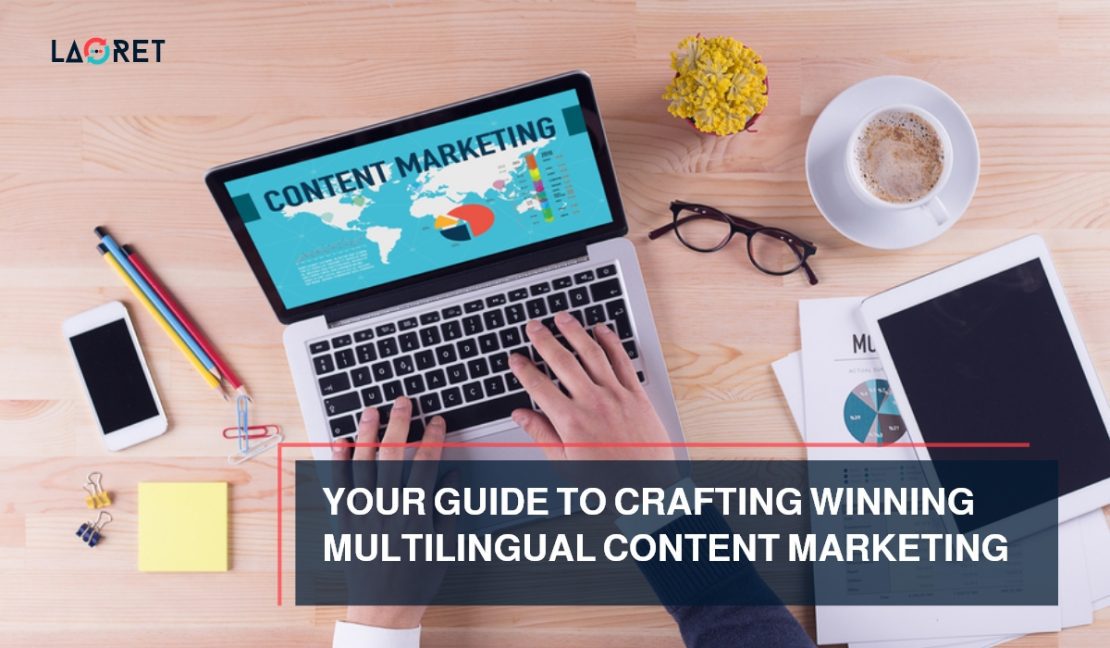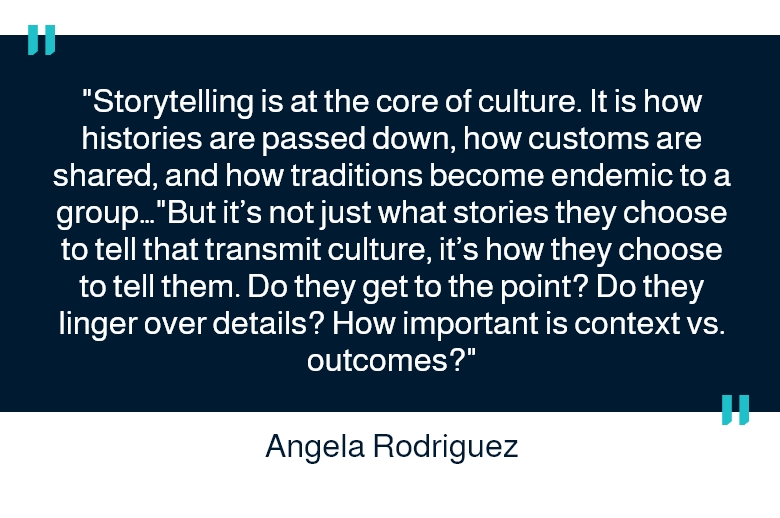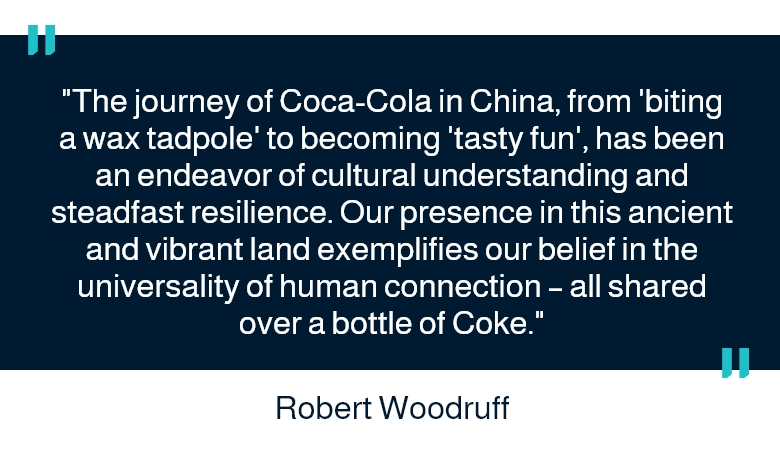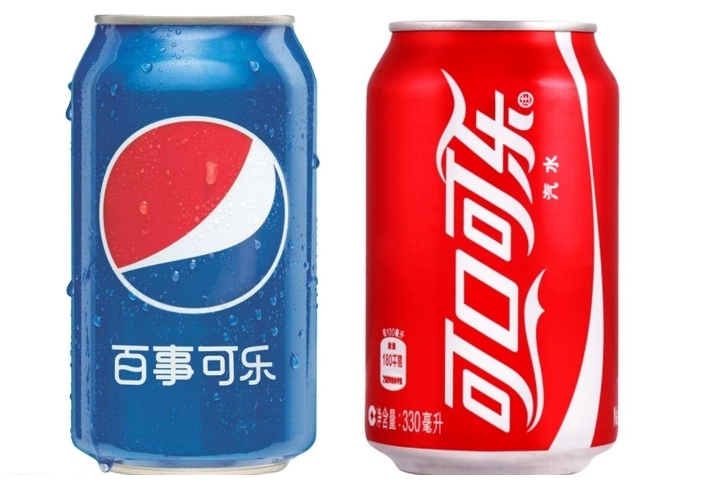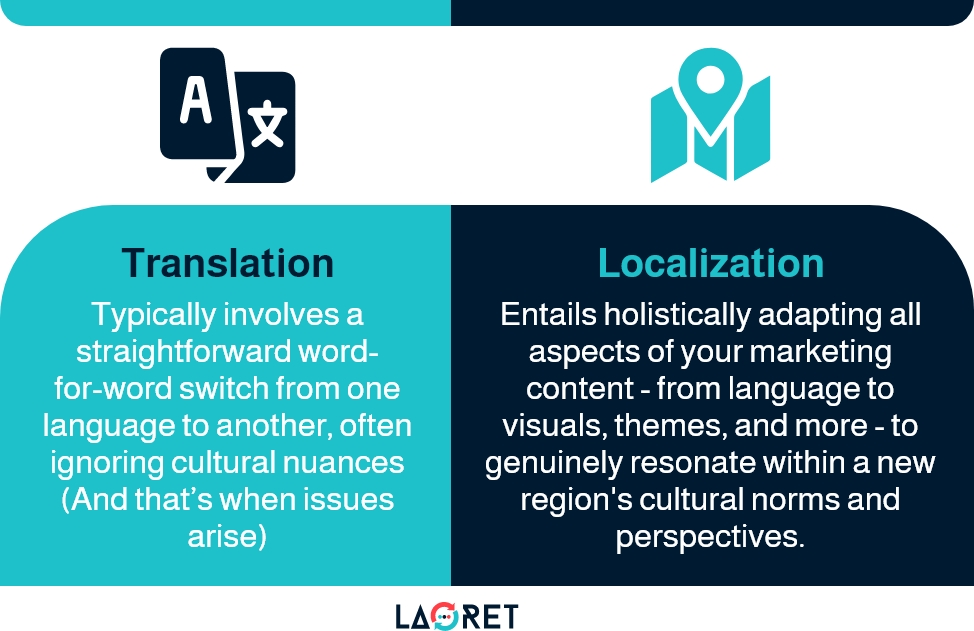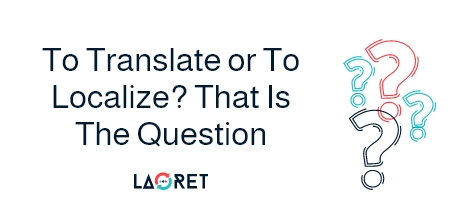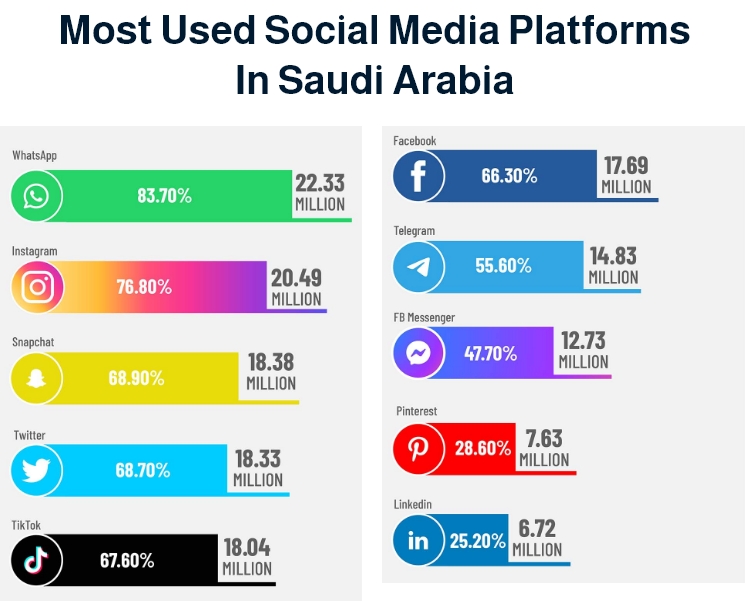Your Guide To Crafting Winning Multilingual Content Marketing
Tom Fishburne once said, “The best marketing doesn’t feel like marketing,” and there could hardly be any better way to define content marketing than these words.
Today, the days when flashy ads and mass marketing alone could build a brand are so gone. Consumers now demand additional value from the brands they interact with. They want insights, perspectives, and stories – not hard sell, and that’s exactly what content marketing offers to them.
Yet…
For businesses expanding globally, the true power of content marketing goes untapped if it’s not multilingual. A compelling message means nothing if your audience cannot read it, feel it, or gain value from it. It is here that multilingual content takes on new importance for any business aiming to genuinely engage consumers worldwide.
In this blog post, we will explain everything you need to know about multilingual content marketing and why it is a must-have if global expansion is in your plan.
Ready to dive in! let’s start
Table of contents:
What is Multilingual Content Marketing And Why You Should Care
Multilingual Content Marketing is the process of creating and delivering marketing content in multiple languages to engage and connect with a broader audience. Since this type of content is usually the first point of contact with your audience, you have to seize this valuable opportunity to make strong first impressions.
And what better way to do so than connecting with them through their native language? As Nelson Mandela reminded us, “If you talk to a man in a language he understands, that goes to his head. If you talk to him in his language, that goes to his heart.”
This is why multilingual content marketing has become one of the most powerful tools for businesses seeking to maximize the effectiveness of their marketing content which includes (but is not limited to) the following types of content:
- Blogs
- Infographics
- Videos
- eBooks
- User-generated content
- Paid Ad Content
- How-to Guides/Academies
- Testimonials/Reviews
- Whitepapers
When done right, multilingual content marketing can help you to:
- Build connections with your customers on a deeper and more personal level
- Foster confidence, trust, and consequently loyalty to your brand.
- Tailor region-specific user experiences to increase engagement and conversion rates
- Leverage data-driven insights to personalize marketing efforts in each language
- Integrate local trends and seasonal events into your content to boost cultural relevance
- Gain a competitive edge over competitors who have yet to embrace multilingual strategies.
Culturally-Driven Content Marketing Matters
Crafting captivating multilingual content marketing is not as easy as it seems to be. If you think it’s all about translating your content from one language to another, you miss the whole point of content marketing
Even subtle regional differences influence how messaging is perceived, what information resonates most strongly, and which storytelling techniques prove most persuasive, and these directly influence the success of your multilingual content marketing strategy.
While your latest marketing video may resonate with local audiences, it might fall flat in another market simply because even “storytelling is at the core of culture.”
Proven Tips To Craft Successful Multilingual Content Marketing
Truly successful multilingual content marketing does not happen overnight. It is a journey that requires investing both time and effort into a deep understanding and genuine effort. With patience, dedication, and practice of proven strategies, your multilingual marketing content will strike a chord in the target market.
Follow these tips to crush your cross-cultural marketing content game.
1. Know Your Audience
Knowing your audience inside out is your first step toward crafting effective content marketing. Those you seek to engage in a new market have cultures, habits, and preferences uniquely shaped by their region – differing notably from what you may be used to at home.
Rather than allowing such differences to distance you, a thorough analysis can help you turn them in your favor. Some of the very helpful insights you can gain from your analysis include:
- Dominant languages and any regional dialects spoken
- Popular communication channels and formats preferred for news/information
- Sensitivities around topics, imagery, or messaging
- Cultural values that shape purchasing behaviors and brand affinity
When Coca-Cola decided to expand in China, it initially failed to appeal to local consumers because of many factors that all go back to its failure to understand the target audience.
- Without properly understanding the diverse spoken varieties of Chinese, Coca-Cola ended up with its brand name being translated as “bite the wax tadpole” or “female horse stuffed with wax”, depending on the dialect.
- Failing to resonate with the local consumers and alienating them rather than connecting with them, Coca-Cola was later banished by the government together with all foreign brands for being a symbol of capitalist indulgence and imperialism.
Still questioning the importance of knowing your audience?
2. Outsmart Your Competitors
Want to stand out from local and global competitors in your target market, you need to outsmart them. And you can never do that without a comprehensive competitive analysis.
Understanding what content your competitors are creating in the target market not only allows you to identify gaps and opportunities that aren’t being served but also helps you to focus your efforts.
Instead of guessing at audience needs, learn directly from the performance of others. Analyze the messaging, formats, and themes that seem to resonate most. Then craft your own localized content strategy accordingly while still ensuring uniqueness. This way, you outsmart them.
A competitive analysis will allow you to:
- Know the competitive strengths and weaknesses and ensure your strategies differentiate and avoid areas of overlap (You don’t want to mimic others).
- Become familiar with the most popular brands already operating there so you can benchmark your planned efforts.
- Gain insight into what localization approaches are effective in that region.
Remember what we just said about Coca-Cola being banished from China?
After initially struggling in China’s market, Coca-Cola had a second chance to reconnect with Chinese consumers. However, competition was heating up with rival Pepsi also entering the promising market.
To stand out, Coca-Cola didn’t rely on universal messaging. Instead, they tailored marketing campaigns specifically for Chinese consumers. It invested carefully in Mandarin marketing campaigns, leveraging celebrities, and even introducing localized flavors tailored specifically for the Chinese Audience.
3. Don’t Translate, Localize
Coca-Cola’s experience, from the awkward literal translation to the culturally adapted “Ke-kou-ke-la,” serves as a valuable lesson. And the giant brand has learned it by heart. Now is your turn to choose the right approach for your business.
But we won’t simply say “localize” and leave you hanging. Let’s see what each approach entails for marketing content and how they differ.
Localization considers all unique factors influencing your target audiences overseas, and that’s why fully localized content has a much higher chance of resonating and driving real engagement from foreign audiences, building stronger, longer-lasting connections beyond superficial translations that may miss the mark.
So, Will you just translate and risk disengaging your target audience? Or will you localize completely and authentically capture hearts and minds? The choice is yours.
4. Don’t Forget Multilingual SEO
If you want to maximize your digital presence and make sure your marketing content is visible to your target audience, you need to ensure you never forget to implement a thorough multilingual SEO stratgey.
Search engines like Google and Bing can index and understand content in multiple languages. They have algorithms designed to recognize and appropriately rank pages for local users’ queries.
So, how can you make sure search engines signal users searching for products and services like yours to your website?
- Conduct keyword research to identify high-traffic regional search terms in the target language, then organically weave these localized keywords into your translated content.
- Optimize individual web pages around specific local keywords and intent.
- Seamlessly integrate localized keywords into page metadata, URLs, alt text, and copy.
- Use hreflang tags and geo-targeted URLs to indicate the language and region scope for pages.
- Build high-quality backlinks and earn citations on authoritative country-specific websites.
- Adapt PPC campaigns with multilingual ad copy and landing pages tailored to relevant local keywords.
- Determine the most used search engine in the target market and focus optimization efforts accordingly. In China, Baidu is the most used search engine.
5. Leverage Prefered Social Media And Promotional Channels
While Facebook has over 2.8 billion monthly active users worldwide, with the highest number of users in Asia and North America, it is actually banned in China, and the most popular social media platform there is WeChat. In Saudi Arabia, Instagram, Snapchat, and X (formerly Twitter) are the most used social media. platforms
And here lies the importance of selecting optimal promotional channels when marketing internationally. Rather than assuming a platform like Facebook will connect you to all users worldwide, you must analyze each target market to determine the most popular local platforms.
The exact same analysis and understanding of your audience we hioghlighted previously will give you insights into their social media preferences. You can then customize your messaging and campaigns to resonate via those localized networks.
Benefit From Laoret’s Holistic Approach To Content Marketing Localization
Connect with us today and gain access to a professional network of multidisciplinary translators and localization experts who are native speakers of over 120 languages.
At Laoret, we offer end-to-end multilingual content marketing solutions that cover all your needs. From top-notch marketing translation services to comprehensive localization solutions, multimedia adaptation, and desktop publishing, we ensure the highest quality and follow best-in-class practices every step of the way.
With our team of marketing localization experts by your side, you’ll receive expert guidance and support throughout the entire process.
We are ready to help. Are you? Contact us now to request a free quote.

